Walk the Mochi Kaido road like a traveler of old for a taste of Mie’s confectionery culture Part 1
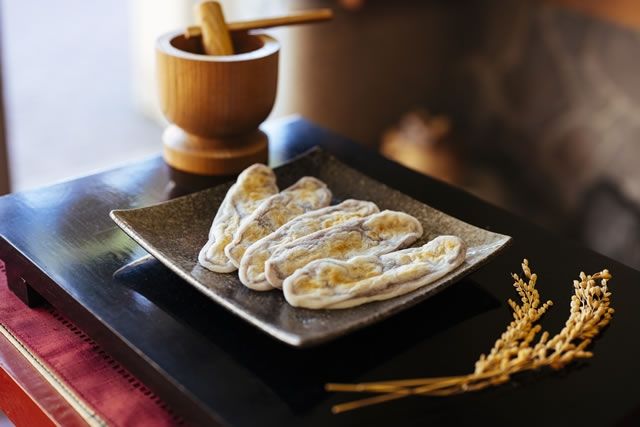
Ise Jingu is the shining star of any trip to Mie Prefecture. The pilgrimage to this sacred shrine, known as “Oise mairi,” became popular among common people in the Edo period (17C-19C), and the region welcomed countless travelers from all over the country. An adult man of the times is believed to have walked about 32 to 40 km, or roughly eight to ten hours a day, a task difficult to imagine for most people today. The Ise Kaido road alone from Yokkaichi City through Mie Prefecture to Ise Jingu covers about 70 km. Travelers in those days would likely have covered the distance in two or three days of walking.
Written by Ren Wong
A food culture evolved alongside Oise mairi and it still thrives in Mie today. Since ancient times local people warmly welcomed pilgrims to Ise, treating them to innovative dishes. One example is the thick and soft Ise Udon noodles, known for being quick to eat and easy to digest.
One more classic Oise mairi treat is mochi (rice cake). Mochi, made by pounding and kneading steamed rice with a mallet, has many variations throughout Japan from sweet to salty. Mochi culture is deeply rooted in Mie because, like Ise udon, the little morsels are filling and easy for travelers to eat, making it perfect for long trips.
One more classic Oise mairi treat is mochi (rice cake). Mochi, made by pounding and kneading steamed rice with a mallet, has many variations throughout Japan from sweet to salty. Mochi culture is deeply rooted in Mie because, like Ise udon, the little morsels are filling and easy for travelers to eat, making it perfect for long trips.
The road from Kuwana City in northern Mie to Ise Jingu is known as the Mochi Kaido, and even today many mochi specialty shops make traditional fare.
Let’s sink our teeth into the topic of mochi, much loved since ancient times. On a journey through Mie, be sure to savor some of these snacks to feel at one with the travelers of old.
Let’s sink our teeth into the topic of mochi, much loved since ancient times. On a journey through Mie, be sure to savor some of these snacks to feel at one with the travelers of old.
What kind of towns are Kuwana and Yokkaichi?
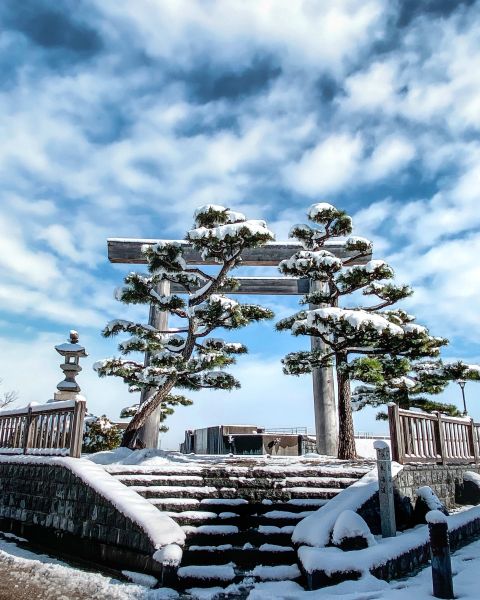
@ b_nuts1995 https://www.instagram.com/p/CX-zxDRP-LH/
In the northern part of Mie, the areas of present-day Kuwana City and Yokkaichi City flourished as post towns along the Tokaido (the road connecting Edo, the former name of Tokyo, and Kyoto) during the Edo period. The port on the Tokaido sea route, Shichiri no Watashi, connected to Atsuta (Nagoya City, Aichi Prefecture), also added to Kuwana’s status as a bustling transportation hub. As Shichiri no Watashi is the entrance to the Ise Kaido leading to the shrine of Ise Jingu, a large torii gate was built in Kuwana. Even today, this gate is relocated from within Ise Jingu to Kuwana during the Ise Jingu Shikinen Sengu (an sacred event held once every 20 years to rebuild shrine structures). Kuwana has an especially deep relationship with Ise Jingu.
Mochi in Kuwana City
The mochi of Kuwana and Yokkaichi is distinct for being long and thin, filled with red bean paste. Lightly toasted on the outside, it is fragrant and delicately browned. Because it’s thin, even people not fond of red bean paste find that the light snack goes down easily. Known in Kuwana as Yasunaga mochi, it is said to have first appeared in the mid-Edo period and is still served at two shops in the city.
● Nagamochiya Rouho
https://www.nagamochiyarouho.co.jp/
● Yasunaga Mochi Honpo Kashiwaya
https://goo.gl/maps/bMNU8hsDv3H5Ycr47
https://www.nagamochiyarouho.co.jp/
● Yasunaga Mochi Honpo Kashiwaya
https://goo.gl/maps/bMNU8hsDv3H5Ycr47
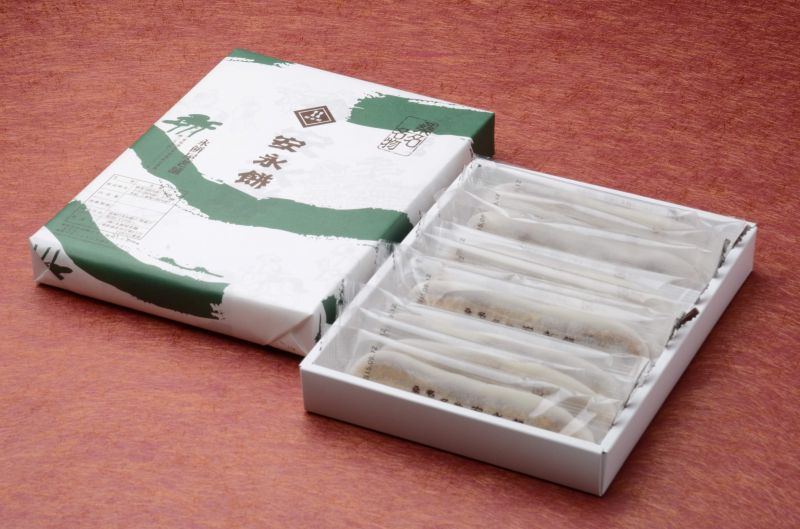
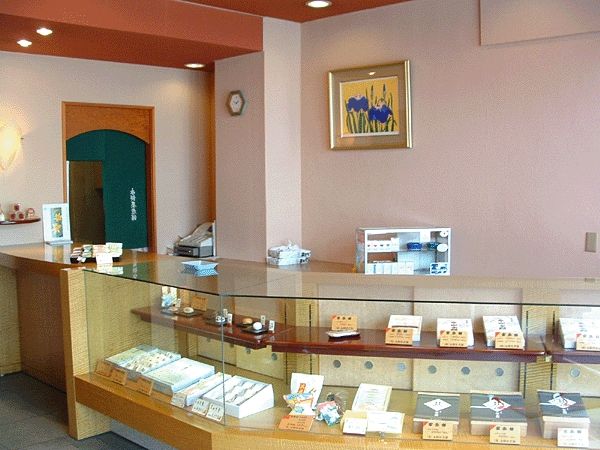
Nagamochiya Rouho was founded in Yasunaga in Kuwana in the 17th century (early Edo period), and it made a Kuwana specialty known as Yasunaga mochi. The mochi is made following the traditional method, and it is so delicious that you will be wanting more of it.
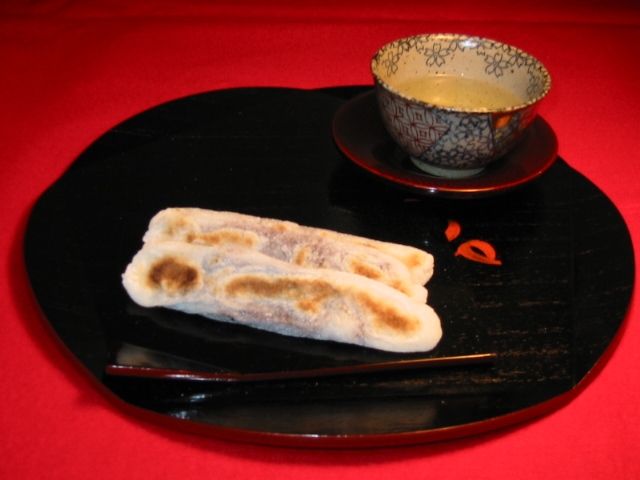
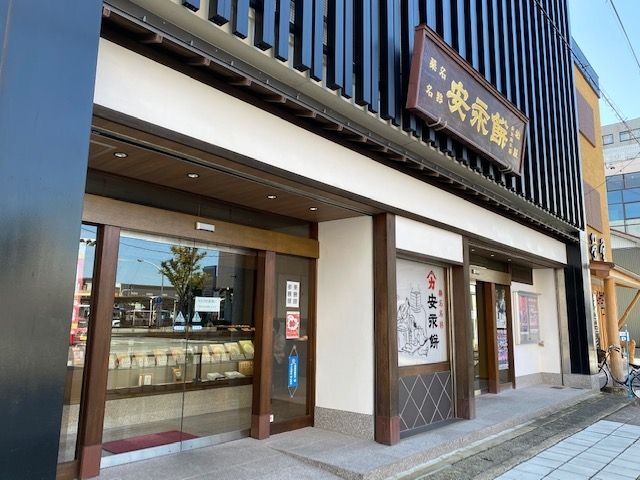
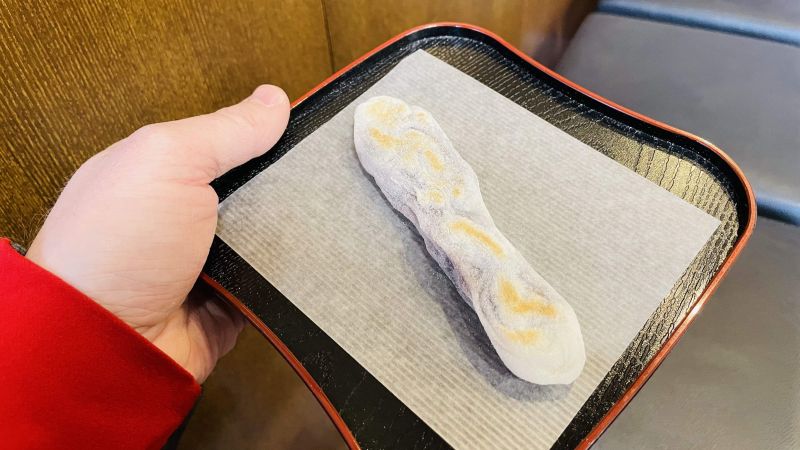
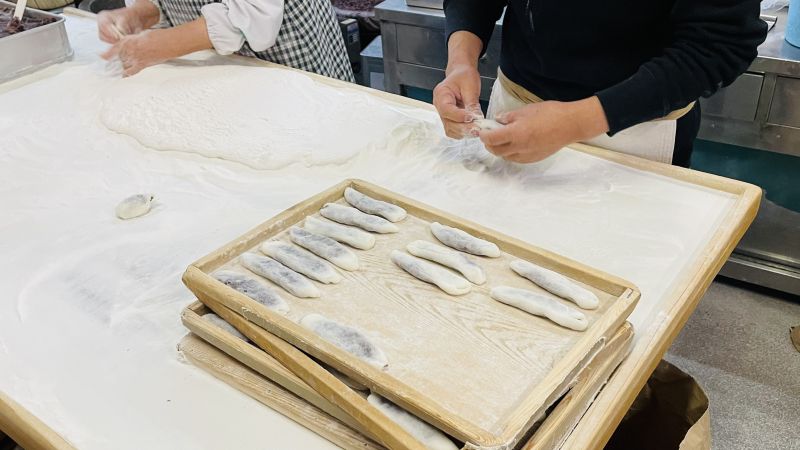
Within walking distance from Kuwana Station and Nishi-Kuwana Station, Kashiwaya offers not only boxed souvenirs, but also freshly baked Yasunaga mochi to enjoy onsite. When I visited, I was able to see it being made. I felt that the freshly baked, warm mochi filled with the subtle sweetness of bean paste would be sure to heal the tired heart of any traveler.
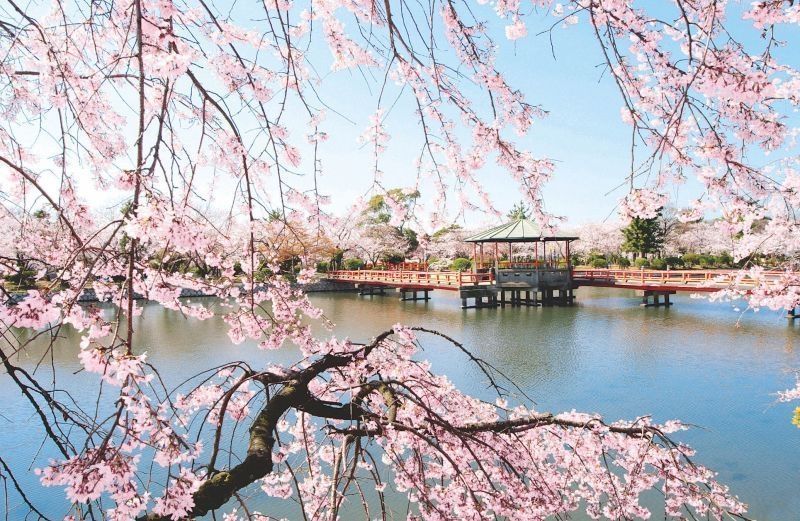
Kuwana’s most famous cherry blossom viewing spot, Kyuka Park, is about 15 minutes on foot from Kuwana Station or Nishi-Kuwana Station. In the spring, it would be lovely to enjoy Yasunaga mochi surrounded by the pink sakura.
Check here for the attractions of springtime in Kuwana:
Go on a Springtime Adventure in Kuwana
Check here for the attractions of springtime in Kuwana:
Go on a Springtime Adventure in Kuwana
Mochi in Yokkaichi City
Like the mochi in Kuwana, the Yokkaichi specialty is also long and thin with slightly sweet red bean paste inside. In Yokkaichi City, established Japanese sweets shops include Sasaiya, founded in 1550, and Taihaku Nagamochi Kinjoken, founded in 1868. Why not compare the flavors of each shop?
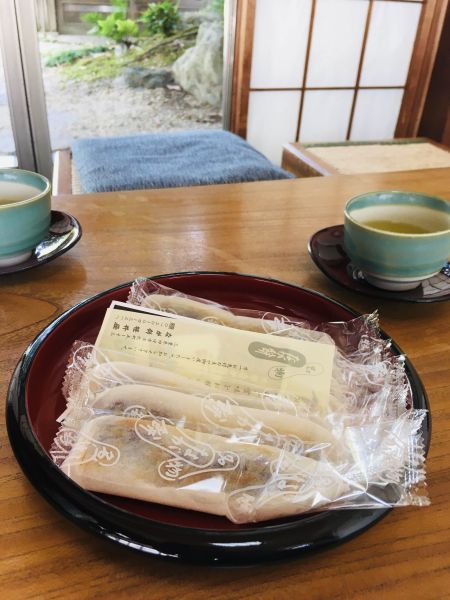
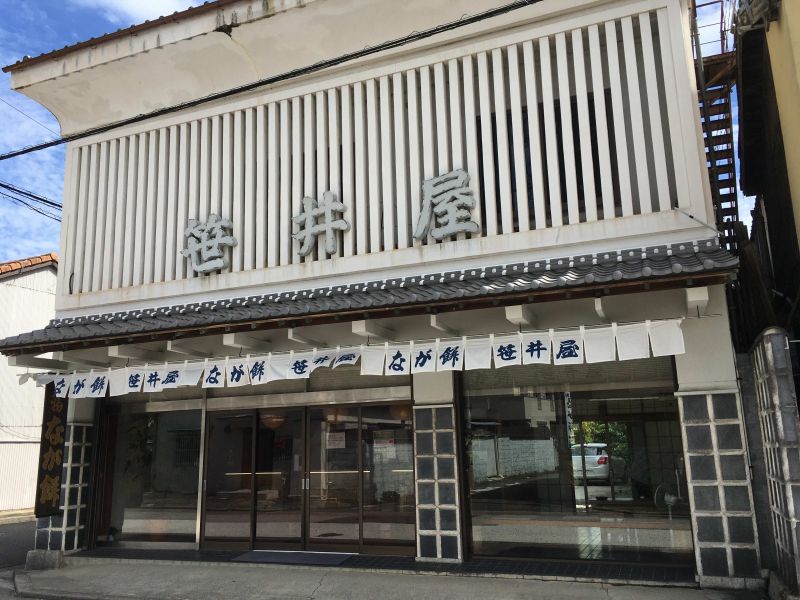
The shop Sasaiya is on a once busy road that now has a calm atmosphere. Having tea with Nagamochi amid the old world interior, I felt as though I was in a historical drama.
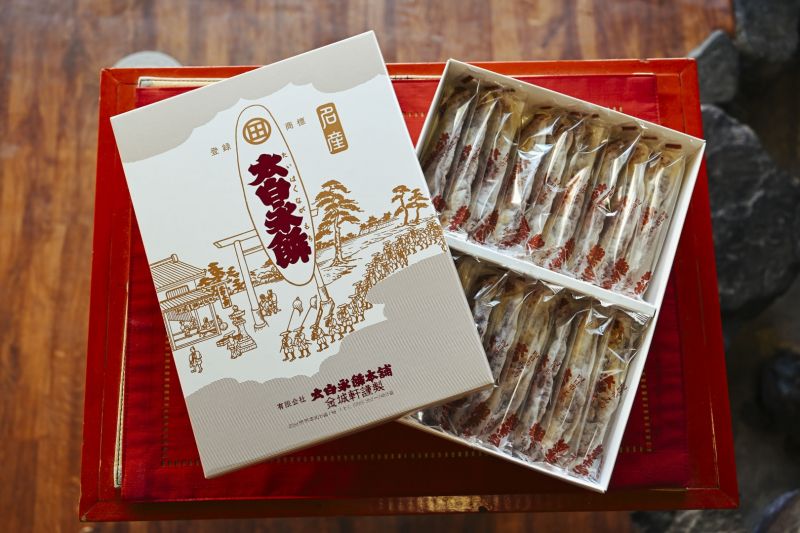
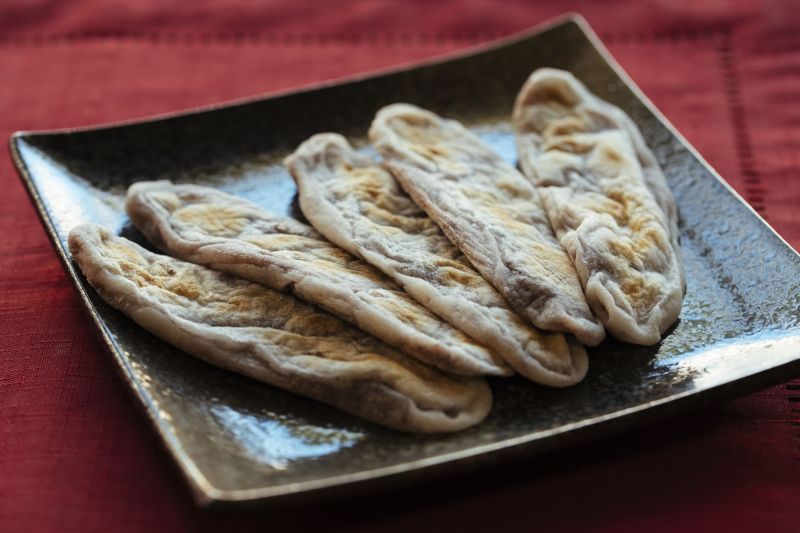
Taihaku Nagamochi Kinjoken is also easy to visit, just a 3-minute walk from JR Yokkaichi Station. The shop bakes 5,000 pieces of mochi by hand every day, and it is loved by the locals as a souvenir.
Yokkaichi is also a center for production of the traditional Banko-ware pottery, and you can see the workshops or try making ceramics yourself. How about sipping tea from a Banko-ware cup paired with sweet mochi?
Check here for more information on Banko-ware:
Banko-ware: Pottery of Mie with 300 Years of History
Yokkaichi is also a center for production of the traditional Banko-ware pottery, and you can see the workshops or try making ceramics yourself. How about sipping tea from a Banko-ware cup paired with sweet mochi?
Check here for more information on Banko-ware:
Banko-ware: Pottery of Mie with 300 Years of History